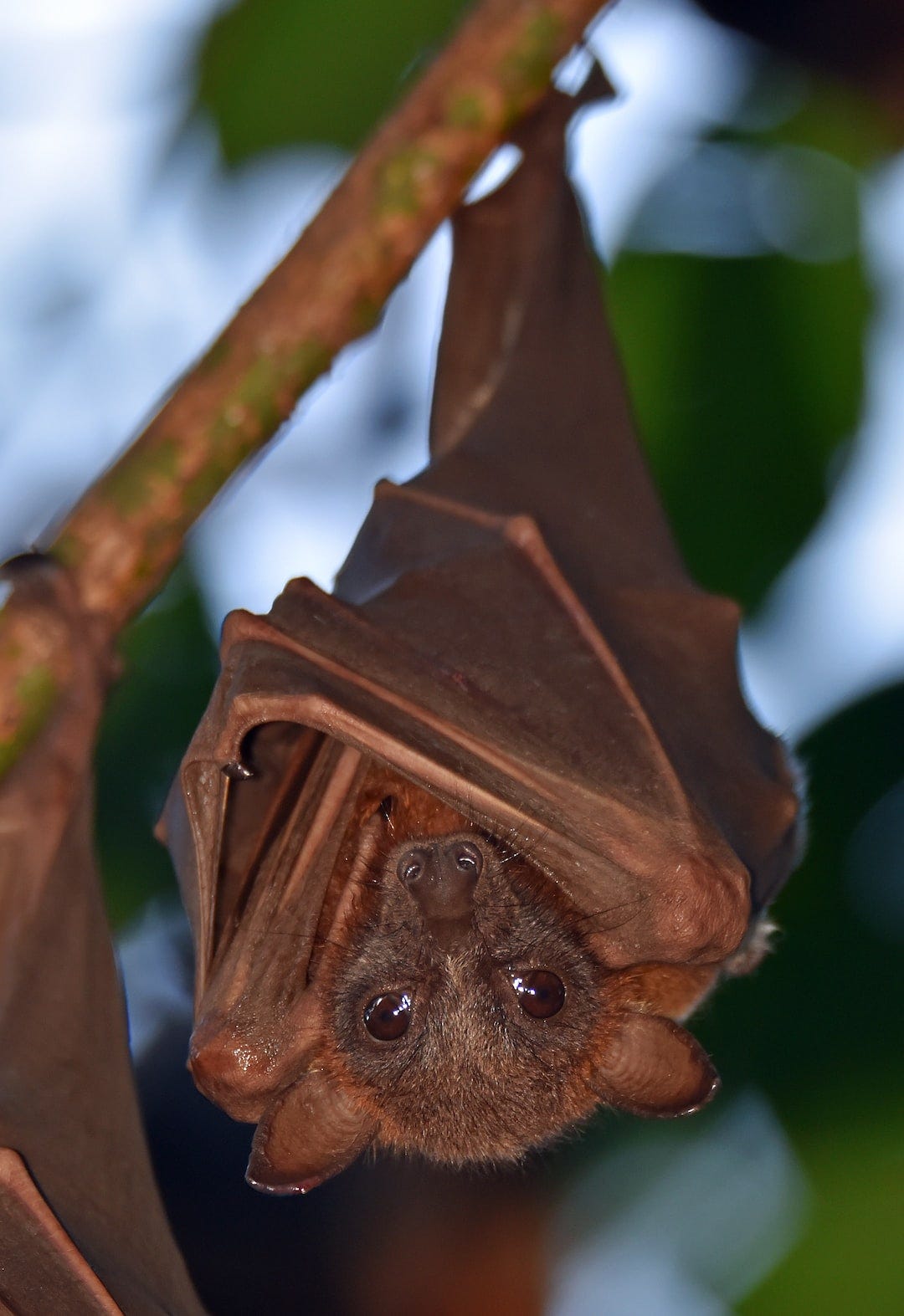The only mammal capable of true flight, bats nurse their babies with milk just like humans and their wings share many similarities with the human hand. They belong to the order Chiroptera, meaning “hand-wing” since their wings feature four fingers and a thumb. Using sound, these incredible animals see everything but color, and in total darkness are able to detect objects as thin as spider webs. Critical pollinators for plants like agave and cacao, bats provide vital ecosystem services like pollination, seed dispersal and insect consumption (just one bat can eat over 600 mosquitoesin a single hour!). But since they show up at night and are victims of spooky fables, bats rarely get the credit they deserve for their hard work. Sadly, like many creatures of the night, bats are shrouded in misplaced fear.
These misunderstood mammals have been associated with witchcraft and demons in European art and fables for centuries. They have gotten a bad reputation in everything from horror movies, to vampire lore, creepy Halloween decorations and have been blamed for the spread of disease. But by eating mosquitoes that spread diseases like West Nile virus, zika, and malaria, bats help more than they could possibly harm. In some areas where bat populations have collapsed, the number of mosquitoes have exploded along with rates of the diseases the insects carry. Plus, the majority of disease spillover from bats is due to human behavior1
The truly scary (and absolutely tragic) thing is that nearly 40% of the bats living in the U.S. and Canada are endangered or are candidates for listing, and nearly one third of all bat species worldwide are vulnerable, endangered, critically endangered or ‘data deficient’. Their steep population decline is largely the result of our destructive and mythmaking species. Habitat loss, pesticide use, climate change, wind turbines, fungal diseases2, spooky fables, and human ignorance have all led to the demise of the misunderstood, adorable (I think so, at least) and ecologically vital bat. These creatures play important roles in the ecosystems all over the world and beyond that, simply deserve that right to exist in peace whether they benefit us or not.

In recent years, there has been a growing movement to promote a more positive image of bats. Bat conservation organizations like Bat Conservation International are working to educate the public about the important role that bats play in the environment while trying to dispel myths and misconceptions that have led to their persecution.
So, the next time you see a ‘spooky’ Halloween decoration like one of the many unfortunate plastic bats, take a moment to appreciate the adorable living creatures. We can help bats by sharing their true stories and taking steps to reduce our impact on their habitats. We can plant bat-friendly plants, avoid using pesticides, and support organizations that are working on their behalf. Bats are not to be feared, but admired and protected.
Learn about White Nose Syndrome.





